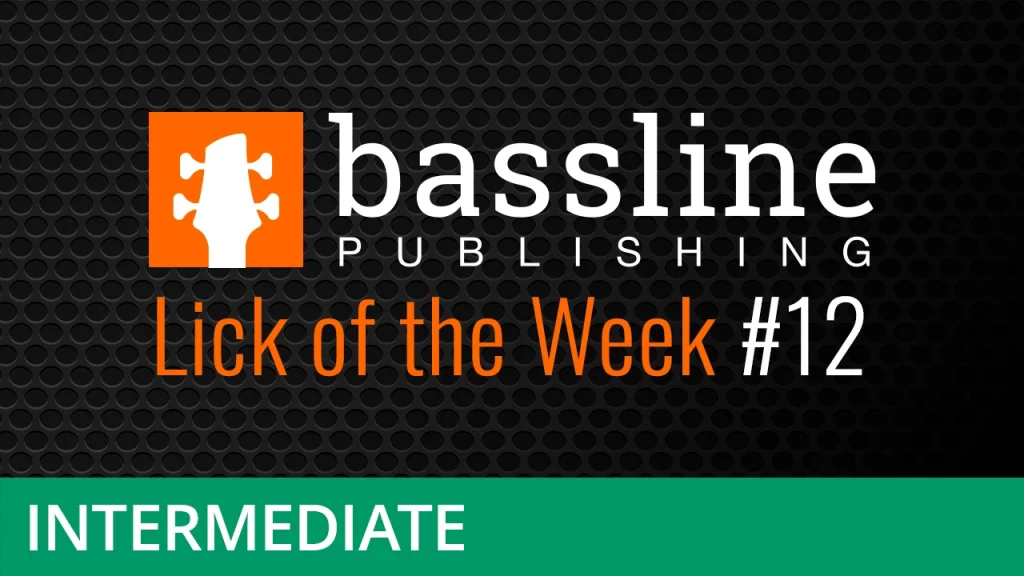Bass Lick of the Week #39
Course Duration: | Difficulty Level: 6
This week’s exercise is a slow-tempo fingerstyle funk line written in the style of Jaco Pastorius.
This exercise should be played with some specific fingerings. After playing the two Bb’s on beat one, you should fret the E at the beginning of the second beat with your third finger. Your fourth finger can then play the F and your second can fret the Ab on the D-string. Keep your hand in position for the first half of the third beat, and fret the G with the first finger. At this point you’ll need to perform a position shift to put your second finger on the Db at the end of the third beat. This will enable you to play all four notes in the fourth beat in one hand position. Using these fingerings is challenging, but logical. This line was originally written as a way to practice using the finger-per-fret system for more intricate lines.
The line described above is repeated in the second and third bars, with just one small alteration at the end of the third bar. Here, the final note is a low E. This note is tied into the fourth bar, then decorated with the G and D harmonics at the fifth fret. An ascending line from F back up to the Bb is then played to complete the bar. The use of the low E is striking here, as it does not belong in the same key as the rest of the line. What’s happening here is a ‘tritone substition’ where the underlying Bb7 chord is briefly substituted for an E7 chord. This works because the third and seventh of the two chords are the same notes, but inverted (D and Ab in Bb7, G# and D in E7). The chord that is actually implied here is E7#9 - the G natural is the #9. This tritone substition was something that Jaco sometimes used in his lines - check out the end section of ‘Opus Pocus’ from his debut album, and live performances of ‘The Chicken’ to hear this - both tracks are based around a Bb7 chord, as this exercise is.
This exercise was recorded on a Zon Sonus bass using the bridge pickup. I recommend doing the same when playing lines such as this, as this will add midrange punch to the tone.
To download the backing track and PDF worksheet for this exercise, please visit the Free Stuff section of the website.




